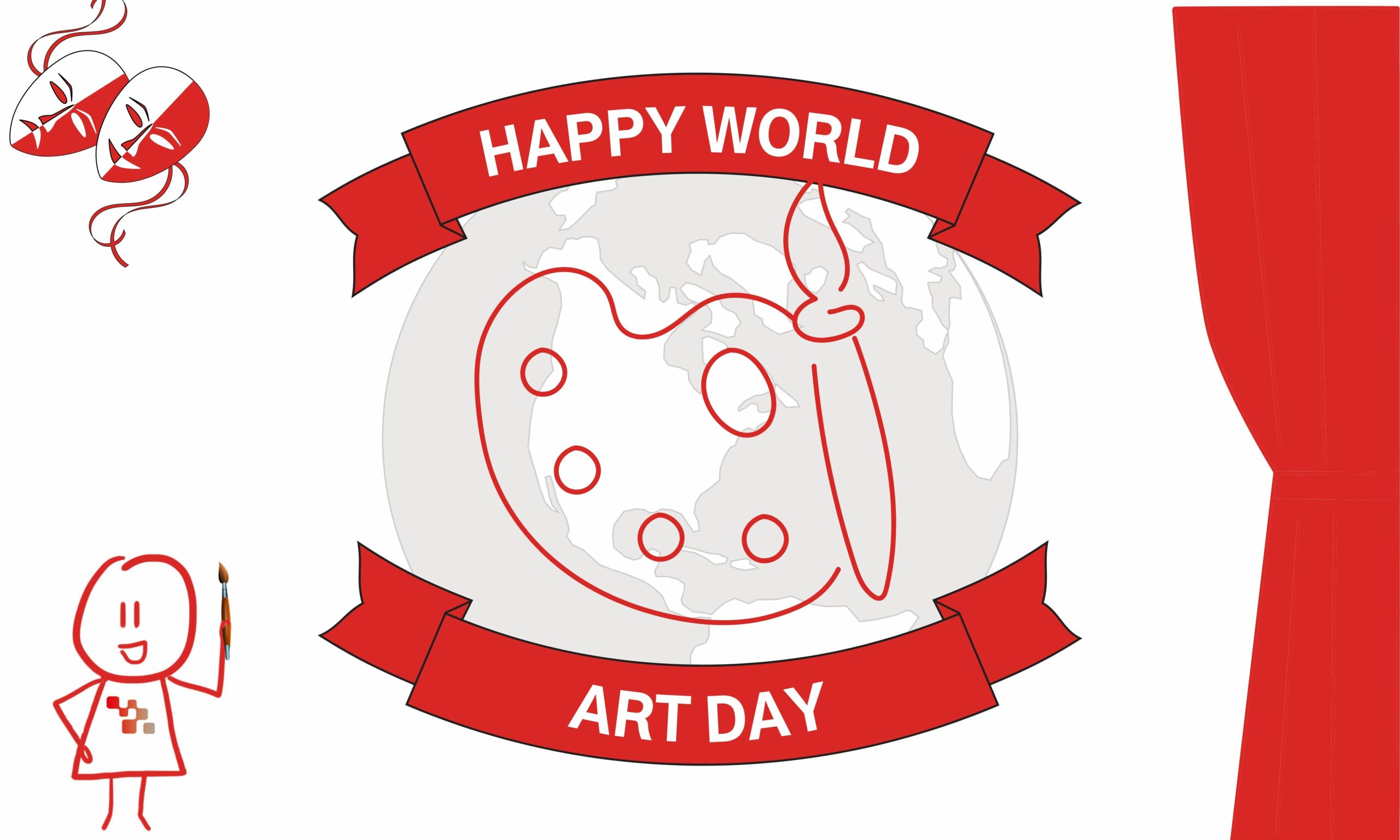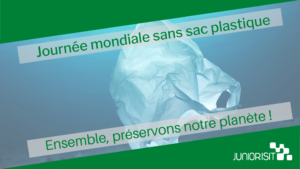“An artist doesn’t copy reality, but tries to get people to see it,” wrote the famous painter Paul Klee in his book La Théorie de l’art moderne. It is because we were inspired by this quote that we propose to you today a cultural journey to celebrate arts and the artists who make it real.
The many forms and shapes of Art
Whether you come from Moliere’s country, Shakespeare’s or Cervantès’, arts have accompanied us throughout our childhood and our life. Every one of us can remember a work that has left a mark on us, whether it’s a song, a drawing or a dance.
Even though many great philosophers and writers have tried to pin it down, the concept of art remains really difficult to define. Art feels both natural and universal. If the most ancient art forms are music, dance and drawing, since the Prehistoric era, today we can count official arts: architecture, sculpture, visual arts (painting, drawing), music, literature, scenic arts (dance, drama) and cinema, according to the classification of the 20th century philosopher Étienne Souriau (1969). Nowadays, new areas such as photography or video games are widely considered artistic as well.
A culture on its own
This creative diversity is linked to the cultures in which the works and the artists find themselves, at a given moment. If Bertrand Tavernier, Simone De Beauvoir, Jacques Brel or Camille Claudel’s names remind you of school memories, museum outings or dinner parties with family and friends, you may have lived or studied in France.
That said, nothing prevents us from knowing and discovering artworks from other countries. Social media and new technologies allow us to sate our interest about pieces of work from long ago or that are part of the cultural heritage of a culture whose neither history nor language are familiar to us. Something we can do even at home in these times of crisis! The National Opera of Paris or The National Museum of the Prado in Spain for example, promote shows or virtual visits on their website and social media. A golden opportunity to discover the universe of Thaïkovski or Diego Vélasquez from your couch.
Art is used for different purposes. This can simply be the pursuit of beauty. Art can denounce and express commitment. It can be a tool of expression against norms or prejudices, and deliver a message, or it can be used as propaganda. It can pay tribute to someone, honor and idealize a person, an object or an idea, or it can satirize. It can also create new ways of seeing the world and the reality we live in, like in Paul Klee’s quote.
A worldwide artistic tour made by Junior ISIT
To satisfy your cultural appetite, here’s a non-exhaustive list of works, more or less famous, that fit in one of the categories above and which are not Victor Hugo’s nor Albert Camus’. The images you will see in this article are not representative of the artists’ work but of the concept linked to the work.
Let’s begin our cultural journey in Wagner and Kant’s country with a German Contemporary painter: Gerhard Richter. Born in Dresden in 1932 where he studied at the Academie des Beaux-arts. His work, 48 Portraits, is a serie of black and white photographs of his 1972 oil painting. They represent 48 men, all born between 1824 and 1904, who used to work in the field of literature, philosophy, music or science.
Let’s continue our trip and move to the United States with the movie The Farewell by Lulu Wang, an american cinematographer born in Beijing, China. This breathtaking movie deals with the cultural differences between the United States and China regarding diseases, destiny and family.
Let’s finish our journey in Israel with Ohad Naharin,dancer and choreographer, and his ballet Deca Dance, which is an opportunity for him to look back on his twenty-year career and reinvent his own style.
These artists arouse our curiosity and enhance our vision of the world. Let’s thank them and keep celebrating art, no matter its form.
An article written by Anaïs Vanhalst, Member of the Business Development department at Junior ISIT





